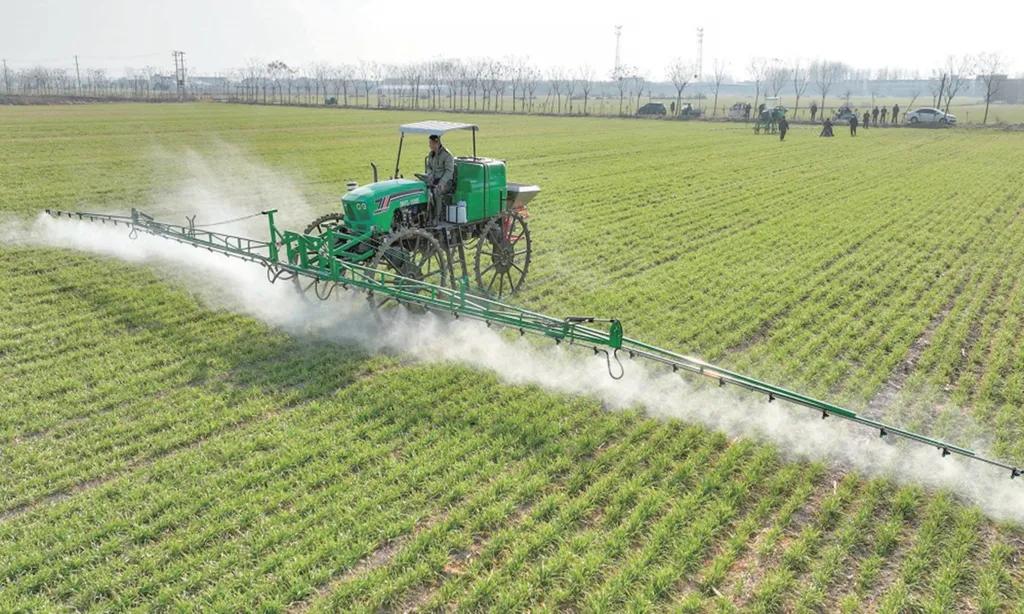In the heart of China’s Zhejiang province, a groundbreaking fusion of augmented reality (AR) and artificial intelligence (AI) is set to revolutionize how farmers combat one of their most persistent foes: the agromyzid leafminer. This tiny pest, known for burrowing into leaves and causing significant damage to vegetable and horticultural crops, has long been a thorn in the side of agriculturalists. Traditional methods of assessing leafminer damage have relied heavily on human visual inspection, a process that is subjective, time-consuming, and often inaccurate. However, a team of researchers led by Zhongru Ye from the School of Information Science and Technology at Zhejiang Sci-Tech University has developed a cutting-edge system that promises to change the game.
The system combines AR glasses with a voice-controlled camera and an advanced AI algorithm to provide precise, objective, and traceable assessments of leafminer damage. “By wearing AR glasses, surveyors can easily flatten damaged leaves by hand and capture images for analysis,” explains Ye. This method not only simplifies the data collection process but also ensures that the assessments are both accurate and reliable.
At the heart of this system is the DeepLab-Leafminer model, an AI algorithm designed to segment the leafminer-damaged regions from the intact leaf area. The model incorporates an edge-aware module and a Canny loss function, enhancing its ability to accurately segment the irregularly shaped damaged areas. “Compared with state-of-the-art segmentation models, the DeepLab-Leafminer model achieved superior segmentation performance with an Intersection over Union (IoU) of 81.23% and an F1 score of 87.92% on leafminer-damaged leaves,” says Ye. This high level of accuracy translates to a 92.38% diagnosis accuracy of leafminer damage levels, a significant improvement over traditional methods.
The practical implications of this research are vast. By providing precise and reliable data on leafminer damage, the system supports the implementation of targeted pest management strategies. This not only reduces the need for broad-spectrum pesticides but also minimizes the environmental impact of agricultural practices. Moreover, the system’s user-friendly design makes it accessible to surveyors, regardless of their technical expertise.
The research, published in the *Journal of Integrative Agriculture* (《农业机械学报》), represents a significant step forward in the integration of technology and agriculture. As the global population continues to grow, the demand for efficient and sustainable agricultural practices will only increase. This system offers a promising solution to one of the many challenges faced by modern farmers.
Looking ahead, the potential applications of this technology extend beyond the realm of leafminer damage assessment. “This method can also be utilized to automatically diagnose pest and disease damage levels in other crops based on leaf images,” Ye notes. As such, it could pave the way for a new era of precision agriculture, where advanced technologies are used to optimize crop yields and minimize environmental impact.
In the ever-evolving landscape of agricultural technology, this research stands out as a testament to the power of innovation. By harnessing the capabilities of AR and AI, Zhongru Ye and his team have developed a tool that not only addresses a critical need in the agricultural sector but also sets the stage for future advancements in the field. As we look to the future, the integration of such technologies will be key to meeting the challenges of a growing world.

